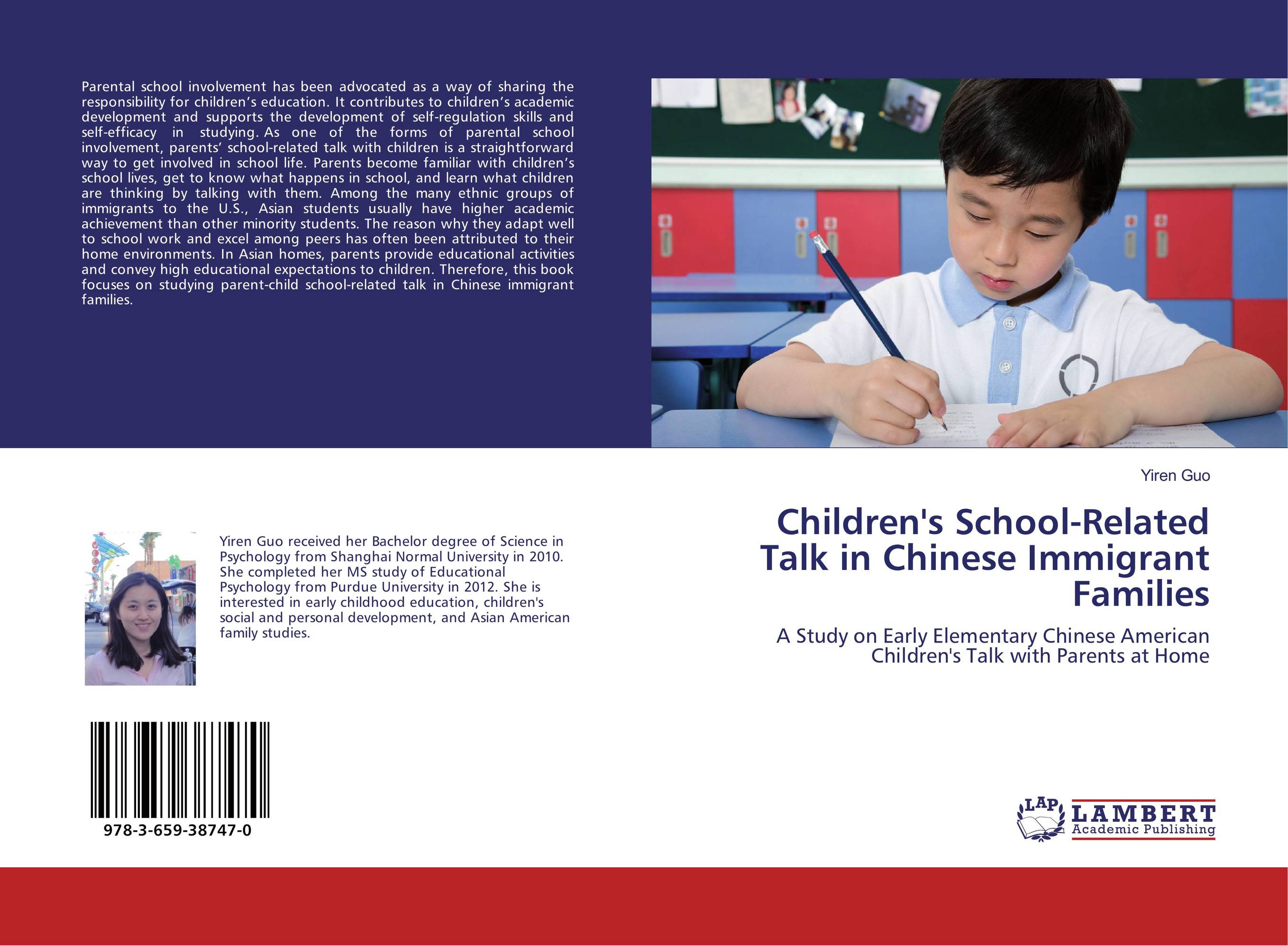| Поиск по каталогу |
|
(строгое соответствие)
|
- Профессиональная
- Научно-популярная
- Художественная
- Публицистика
- Детская
- Искусство
- Хобби, семья, дом
- Спорт
- Путеводители
- Блокноты, тетради, открытки
Children's School-Related Talk in Chinese Immigrant Families. A Study on Early Elementary Chinese American Children's Talk with Parents at Home

В наличии
| Местонахождение: Алматы | Состояние экземпляра: новый |

Бумажная
версия
версия
Автор: Yiren Guo
ISBN: 9783659387470
Год издания: 2013
Формат книги: 60×90/16 (145×215 мм)
Количество страниц: 56
Издательство: LAP LAMBERT Academic Publishing
Цена: 23066 тг
Положить в корзину
| Способы доставки в город Алматы * комплектация (срок до отгрузки) не более 2 рабочих дней |
| Самовывоз из города Алматы (пункты самовывоза партнёра CDEK) |
| Курьерская доставка CDEK из города Москва |
| Доставка Почтой России из города Москва |
Аннотация: Parental school involvement has been advocated as a way of sharing the responsibility for children’s education. It contributes to children’s academic development and supports the development of self-regulation skills and self-efficacy in studying. As one of the forms of parental school involvement, parents’ school-related talk with children is a straightforward way to get involved in school life. Parents become familiar with children’s school lives, get to know what happens in school, and learn what children are thinking by talking with them. Among the many ethnic groups of immigrants to the U.S., Asian students usually have higher academic achievement than other minority students. The reason why they adapt well to school work and excel among peers has often been attributed to their home environments. In Asian homes, parents provide educational activities and convey high educational expectations to children. Therefore, this book focuses on studying parent-child school-related talk in Chinese immigrant families.
Ключевые слова: Early Elementary Children; Chinese Immigrant Family; Parental School Involvement; Parent-Child Conversation; Gender Differences in Child Talk



